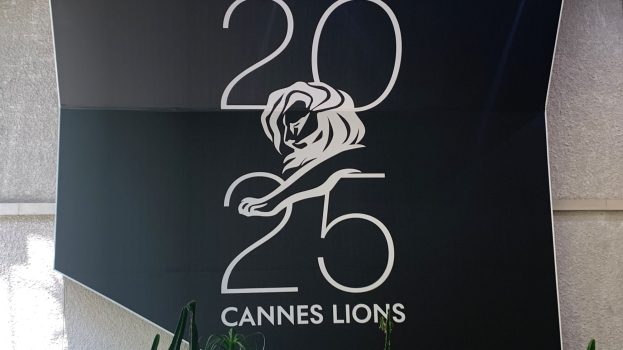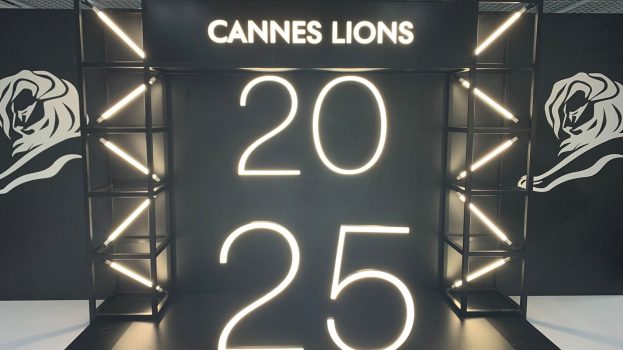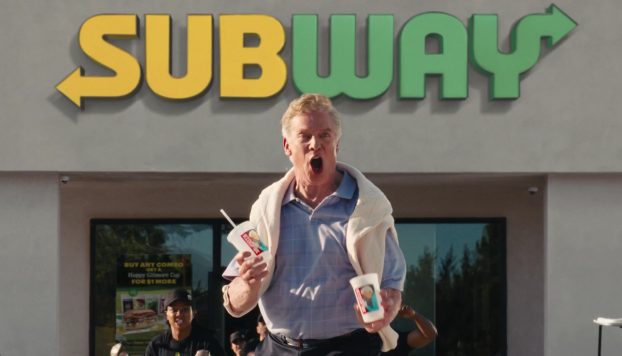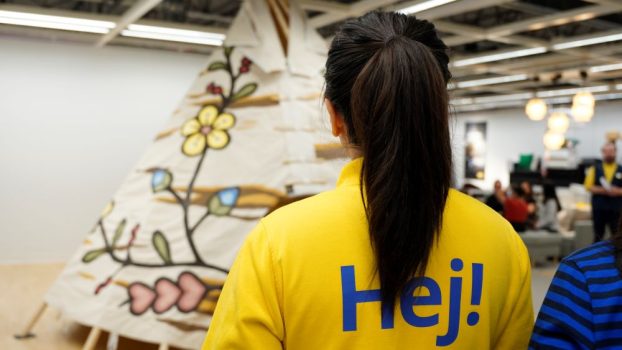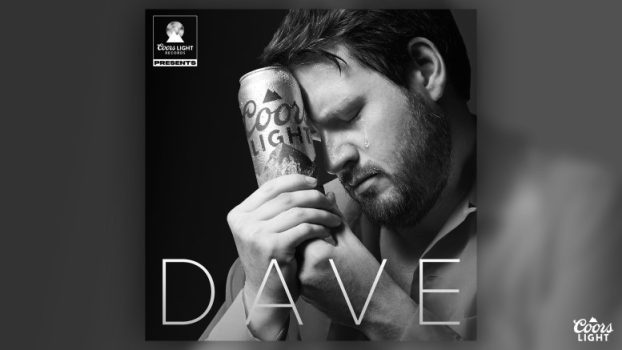Does anyone give a damn whether Candice Bergen actually uses Sprint?
Well, yes and no, says Michael Gouinlock, executive vice-president of Toronto-based sponsorship and event marketing specialists Lang & Associates.
While people are more likely to listen to a pitch if it’s delivered by someone recognizable and appealing, he explains, that pitch still has to be relevant.
In fact, Gouinlock argues, ensuring relevancy is the number one dilemma that marketers face when signing high-profile athletes and entertainers to endorsement deals.
In other words, the consumer must believe that the celebrity or athlete could legitimately be expected to use whatever product or service he or she is promoting. Using Wayne Gretzky in a TV spot for a car rental service, for example, might be a mistake, since viewers would probably find it difficult to picture the Great One lining up for a rented vehicle.
According to Gouinlock, most endorsement deals in this country tend to revolve around athletes, rather than celebrities. ‘We’re not star-driven here in Canada,’ he says.
Endorsements can, obviously, deliver substantial benefits for a brand. But these arrangements also have potential pitfalls. Witness the aftermath of the Ben Johnson steroid scandal a decade ago. Or the recent legal flap concerning Drew Carey’s deal with A&W Food Services. (The sitcom star’s contract was nixed after his character on the show ate at a competing fast-food chain.)
Athletes and entertainers are only human, after all. Which is why it’s important to do proper homework on these individuals before associating your brand with them, Gouinlock says. That’s especially true if – as many companies do, in the interest of making the best deal financially – you want to land an up-and-comer. Since athletes tend to peak at a young age, rising stars aren’t always models of maturity. And that can, on rare occasions, lead to trouble.
Gouinlock’s advice: Use athletes tactically rather than strategically. (For example, bring in a golfer like Greg Norman to play a round of golf with important clients, or set up a contest in which the winner gets to attend a major sporting event and meet the player in person.) That way, you’re not staking so much of the brand’s future on the athlete’s continued good behaviour.
Elliott Kerr, president of Toronto-based Landmark Sport Group, says that such tactical use of athletes is growing.
Using athletes as motivational speakers, for example, has become increasingly commonplace. (Rower Silken Laumann is prominent in this area.) Not every athlete, however, has the necessary people skills to go this route. ‘We have to look to the athlete to make sure they have this ability,’ Kerr says.
Morality clauses in endorsement contracts do protect companies from inappropriate behaviour on the part of celebrity spokespeople, he notes. But such problems tend to be few and far between. There are the occasional bad apples, Kerr acknowledges – but for the most part, the celebrities themselves want these deals to be successful.
So once you’ve identified an athlete who’s relevant to the product or service and its brand image, then what?
According to Gouinlock, the next step is to build your plan to take advantage of the potential endorsement, and then to go out and begin negotiating a deal.
‘One of the big mistakes is to negotiate first and then build the plan,’ he says, arguing that the company ends up serving the athlete’s needs over its own.
Of course, there are always exceptions. A company like McDonald’s Restaurants of Canada, for example, is pretty much guaranteed its pick of the top athletes, and therefore doesn’t necessarily have to build a specific plan before signing someone on.
‘We get an awful lot of [endorsement] opportunities coming our way,’ says McDonald’s spokesperson Maureen Shaughnessy Kitts. She explains that the company looks for athletes in a wide range of sports who signify certain values – a sense of community, excellence and fair play, among other things – and signs two- to four-year relationship deals, which may include work for the company’s charity as well as involvement in traditional mass advertising.
By having these athletes ‘on call,’ the company is better able to take advantage of new opportunities as they arise.
The key to successfully leveraging an endorsement deal is to use more than just the performer’s face and name, says Keith McIntyre, president of Mississauga, Ont.-based K. Mac & Associates Marketing, which has handled a number of deals involving prominent athletes, notably hockey star Mark Messier.
What does the athlete stand for? What is his or her age, birthplace, road-to-success story and personality? Marketers should take into account all of these variables when building plans, McIntyre says. ‘We want to know an athlete better than they know themselves.’
It’s also important to integrate the endorsement into as many aspects of your overall marketing efforts as possible, to take full advantage of the association.
McIntyre cites Hostess Frito-Lay’s deal with Messier as an example. In addition to featuring the veteran star in television spots, the company has used his image in point-of-sale material and for internal communications.
‘While one-offs can be very effective, it’s fundamentally critical that you leverage it all around,’ McIntyre says.
Nathalie Cook, director of athlete representation with Toronto-based IMG Canada, agrees.
Not enough companies fully integrate an athlete affiliation, she says. By using celebrity athletes for more than just traditional advertising – by having them take part in employee motivation programs, for example – a company draws a much better return on its investment in an endorsement deal.
‘Remember, sport is emotion,’ Cook says. Employees who earn the chance to meet rower Marnie McBean, for example, are likely to feel better about the company that they work for, she says.
So how do you assess the return on investment associated with an endorsement deal?
Cook says the kind of elaborate research commonly used in the U.S. costs in the six figures – bigger sums than are involved in most endorsement deals in this country. However, attitudinal surveys, pre- and post-endorsement, can provide a reasonably effective measure of success.
That, she says, is how the Beef Information Centre went about evaluating its association with Olympic swimmer Mark Tewksbury.
Prior to the 1992 Olympic Games in Barcelona, beef’s popularity was on the wane. So for the year leading up to the games, Tewksbury was hired to talk about his battle with iron deficiency – and about how eating meat was crucial to his excellence.
According to Cook, surveys showed that his endorsement helped bring about ‘double-digit’ swings in attitudes toward meat.
Also in this report:
* Durex, Country Crock tune into music p.32
* Workshops on the rise: In a bid to keep sponsors committed, properties are going the extra mile, organizing education and information sessions to help corporate partners get the most for their money p.33
* What’s in a name? Plenty, if you’re hoping to acquire the rights to a brand facility p.35


